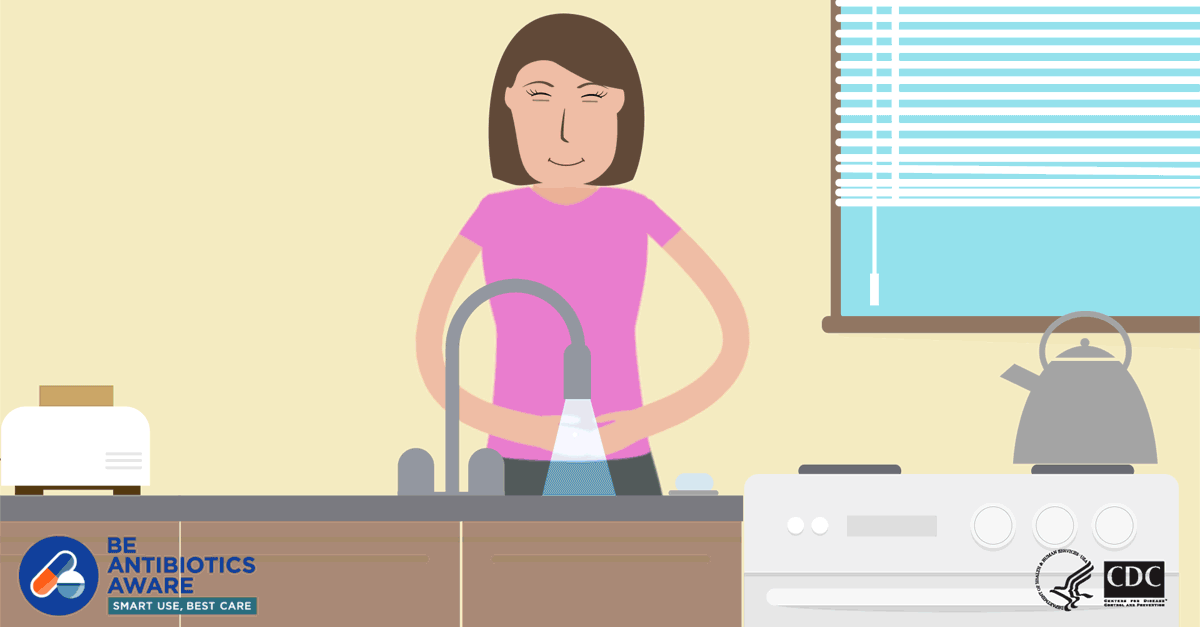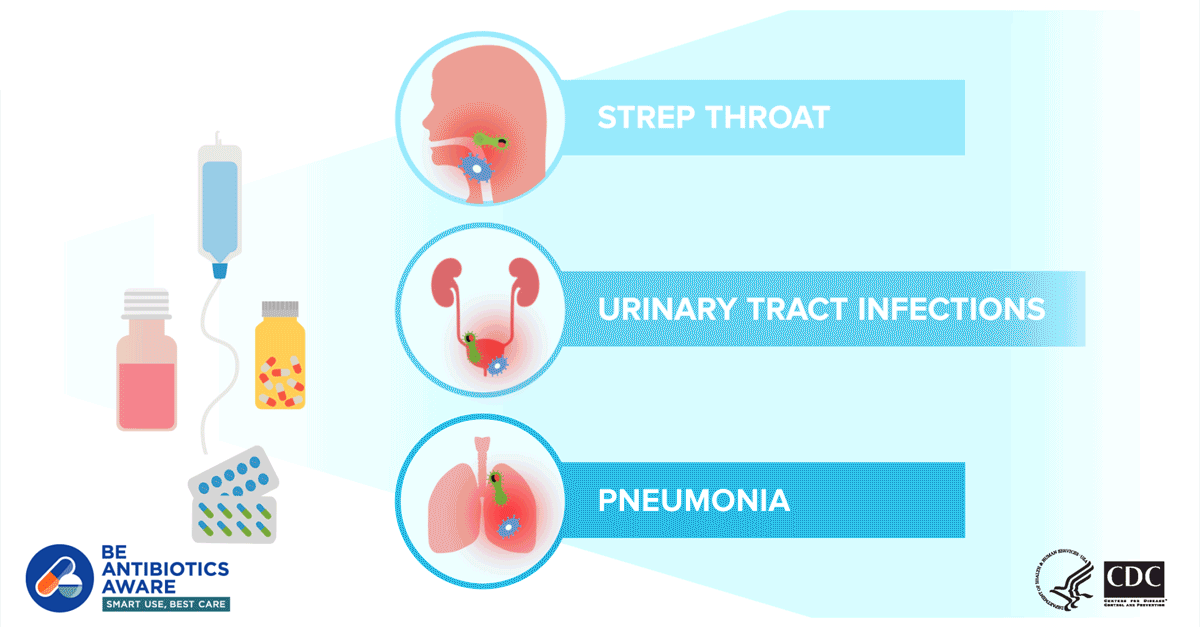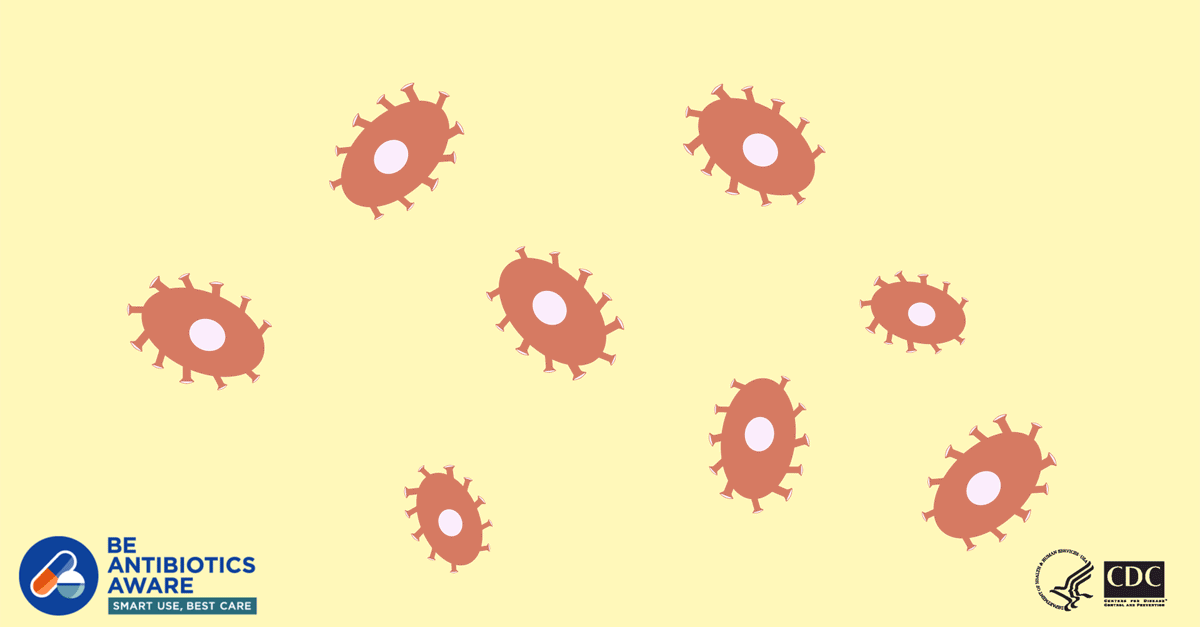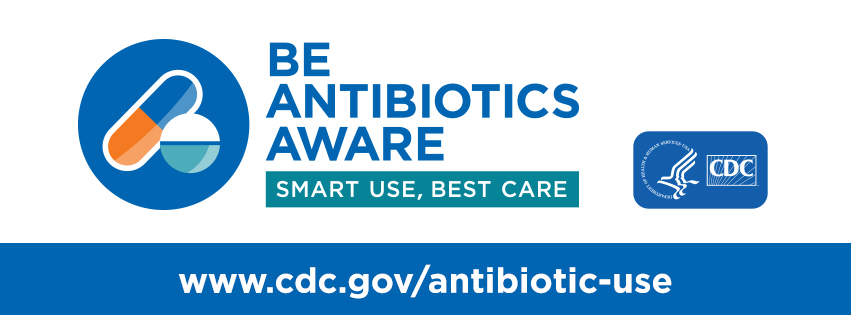Why You Should Think Twice Before Taking Antibiotics
This is a post prepared under a contract funded by the Centers for Disease Control and Prevention (CDC) and written on behalf of the Mom It Forward Influencer Network for use in CDC’s Be Antibiotics Aware educational effort. Opinions on this blog are my own and do not necessarily reflect the views of CDC.

Nobody likes being sick. It is a miserable experience that no one enjoys, but it happens to the best of us, especially this time of year.
We’d been pretty lucky this year, and I thought we were going to escape all the bugs that were going around. Unfortunately, we weren’t so lucky and it hit us over spring break. Fabulous timing.
Every single member of my family of eight spent their holiday vacation hanging out in a condo praying that we’d be healthy enough to enjoy our vacation before it ended.
When your kid is sick and not getting better, every parent gets to the point where they wonder if a doctor needs to step in and prescribe something, like antibiotics, to help get your child healthy.

In our case, my 12-year-old son had the worst symptoms, so he won the lottery to go and visit a doctor during our not-so memorable vacation. With his symptoms, the doctor ordered a strep test. It came back negative. Antibiotics would not help his illness or make him feel better.
Here’s what you need to know before you (or your family) take antibiotics:
What do antibiotics treat?
Antibiotics treat bacterial infections like:

What don’t antibiotics treat?
Antibiotics do not work on viruses, like my son’s illness, that cause colds and flu, bronchitis, or runny noses, even with thick, yellow, or green mucus.
My son, like the rest of the family, would simply have to wait for a week or two for his respiratory virus to go away without treatment. There are still a number of things you or your child can do to relieve some symptoms and feel better while a viral illness runs its course.

Be aware of side effects
When antibiotics aren’t needed, they won’t help you, and the side effects could still hurt you. The side effects can range from minor to very severe health problems like a rash or Clostridioides difficile infection (also called C. difficile or C. diff).
What is antibiotic resistance?
Antibiotic resistance is one of the most urgent threats to the public’s health. When bacteria become resistant, antibiotics cannot fight them, and the bacteria multiply. Antibiotic resistance does not mean the body is becoming resistant to antibiotics; it means that bacteria develop the ability to defeat the antibiotics designed to kill them.

Antibiotics save lives, but they have to be used properly.
- If you have a true need for antibiotics, the benefits usually outweigh the risks of side effects or antibiotic resistance.
- If you need antibiotics, take them exactly as prescribed. Talk with your doctor if you have any questions about your antibiotics or if you develop any side effects, especially diarrhea, since that could be a C. diff infection.

Remember to stay healthy and keep others healthy by cleaning hands, covering coughs, staying home when sick, and getting recommended vaccines—for the flu, for example.

Antibiotics are critical tools for treating people with serious and life-threatening conditions like pneumonia and sepsis, the body’s extreme response to an infection. Improving the way we take antibiotics helps keep us healthy now, helps fight antibiotic resistance, and ensures that life-saving antibiotics will be available for future generations.
To learn more about antibiotic prescribing and use, visit www.cdc.gov/antibiotic-use.
To learn more about sepsis, a life-threatening condition that is treated with antibiotics, visit www.cdc.gov/sepsis.







